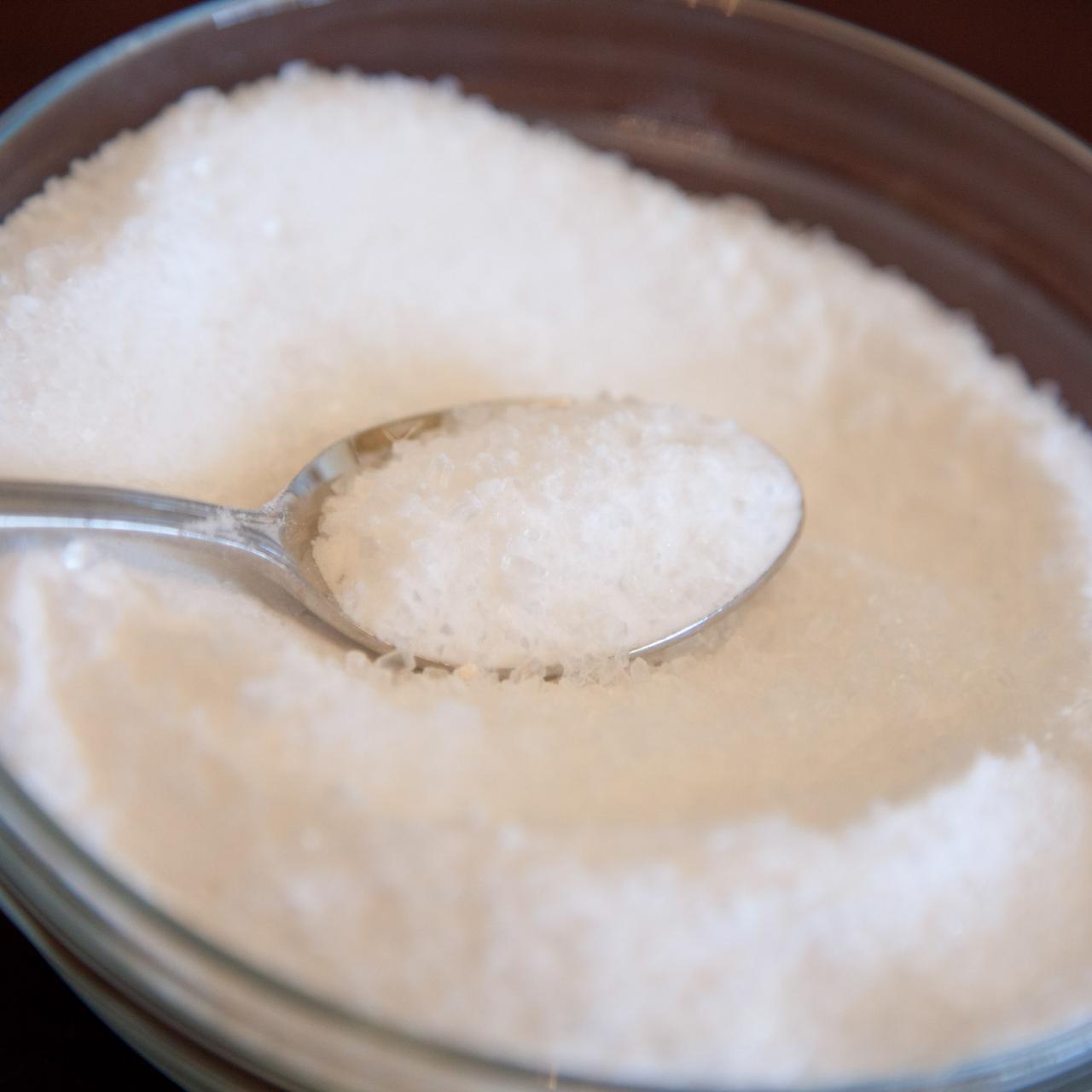Yard Mistakes: What Plants Don't Like Epsom Salt and How to Stay clear of Them
Yard Mistakes: What Plants Don't Like Epsom Salt and How to Stay clear of Them
Blog Article
Find Out About the Details Plants That Are Negatively Influenced by Epsom Salt Application
Epsom salt, a preferred home solution for various gardening woes, is often applauded for its valuable impacts on plant development. Understanding the certain plants that can be negatively influenced by Epsom salt is essential for any garden enthusiast looking to enhance their plant treatment regimen.
Roses

Roses, especially conscious changes in their environment, can be adversely affected by the application of Epsom salt. While Epsom salt is frequently made use of as a fertilizer to advertise plant growth and improve blooming, roses are just one of the plants that do not react well to its application. The high magnesium content in Epsom salt can disrupt the uptake of various other vital nutrients by the rose plants, causing deficiencies that manifest as yellowing fallen leaves or stunted development.

Tomatoes
Tomatoes, understood for their flexibility in culinary applications, can exhibit negative impacts when revealed to Epsom salt as a result of their details nutrient demands. While Epsom salt is commonly touted as a solution for different plant problems, consisting of bloom end rot in tomatoes, its application can cause detrimental outcomes otherwise utilized deliberately. Tomatoes are hefty feeders that require a well balanced intake of nutrients, particularly calcium, to prosper. Too much Epsom salt, which is magnesium sulfate, can interrupt the delicate nutrient equilibrium required by tomatoes, possibly causing shortages in various other essential nutrients like calcium. This inequality may show up in symptoms such as stunted growth, yellowing leaves, and even decreased fruit production in tomatoes. For that reason, when thinking about making use of Epsom salt on tomatoes, it is important to stick to recommended application prices and soil screening to stop unintentional repercussions on the general health and wellness and productivity of these beloved garden plants.
Peppers
Peppers, revered for their numerous shades and levels of spiciness, can demonstrate sensitivity to negative impacts from Epsom salt when not used with treatment and factor to consider for their specific nutritional needs. what plants don't like epsom salt. Peppers, coming from the Solanaceae family, require a fragile balance of nutrients to flourish. While Epsom salt is recognized to improve magnesium levels in plants, extreme application can interrupt this balance, leading to damaging effects on pepper plants
When peppers are exposed to high degrees of magnesium from Epsom salt, it can interfere with the plant's ability to absorb other crucial nutrients like Go Here calcium and potassium. This discrepancy may manifest in symptoms such as leaf discoloration, stunted growth, and reduced fruit manufacturing. Additionally, the too much magnesium can alter the dirt pH, further worsening nutrient uptake concerns for peppers.

Rhododendrons
Given the sensitivity of specific plant types to inequalities triggered by Epsom salt, it is necessary to consider the effect on Rhododendrons, which additionally require specific nutrient degrees to grow. Rhododendrons are acid-loving plants that prefer acidic soil problems with a pH range between 4.5 and 6.0. Epsom salt, chemically referred to as magnesium sulfate, can alter the dirt pH and interfere with the fragile balance of nutrients vital for Rhododendron health and wellness.

To keep the optimal growth and health and wellness of Rhododendrons, it is vital to prevent the unplanned use Epsom salt and rather concentrate on offering the details acidic soil problems and nutrients that these plants require for flourishing.
Azaleas
Azaleas, recognized for their vibrant blossoms and broad series of colors, are decorative hedges that belong to the Rhododendron category. These preferred blooming plants are usually discovered in landscapes, parks, and gardens due to their beauty and convenience. Azaleas are sensitive to modifications in soil pH degrees, which can significantly affect their development and total health and wellness. While Epsom salt is commonly utilized as a remedy for magnesium deficiency in plants, its application to azaleas can have damaging results.
Azaleas prefer a little acidic dirt conditions, and an excess of magnesium from Epsom salt can interrupt this balance, leading to nutrient imbalances and prospective toxicity issues. The inaccurate application of Epsom salt can result in stunted growth, yellowing of fallen leaves, and total decline in the health of azaleas.
Verdict
To conclude, it is necessary to be knowledgeable about the particular plants that can be adversely affected by the application of Epsom salt. Roses, tomatoes, peppers, azaleas, and rhododendrons are some examples of plants that may not benefit from Epsom More Help salt and can also experience injury. It is crucial to research study and recognize the requirements of each plant types prior to making use of Epsom salt as a fertilizer to ensure their health and wellness and well-being.
Recognizing the particular plants that can be detrimentally impacted by Epsom salt is critical for any kind of gardener looking to maximize their plant care routine. While Epsom salt is commonly made use of as a fertilizer to advertise plant development and enhance blooming, roses are one of the plants that do not respond well to its application.Extreme usage of Epsom salt can additionally result in an accumulation of salts in the soil, leading to root damage and dehydration of the rose plants. While Epsom salt is understood to boost magnesium levels in plants, too much application can disrupt this balance, leading to unfavorable impacts on pepper plants.
The high salt material in Epsom salt can also dehydrate Rhododendron roots, causing further anxiety and damage to the plant. (what plants don't like epsom salt)
Report this page